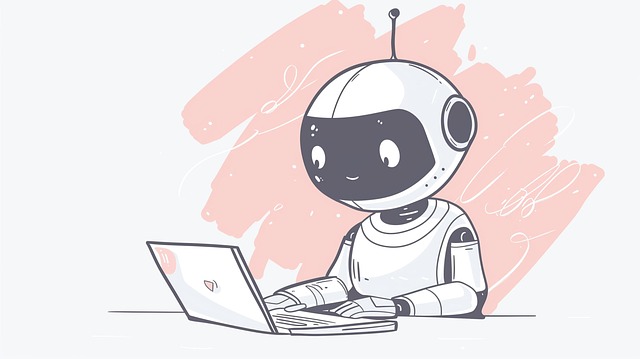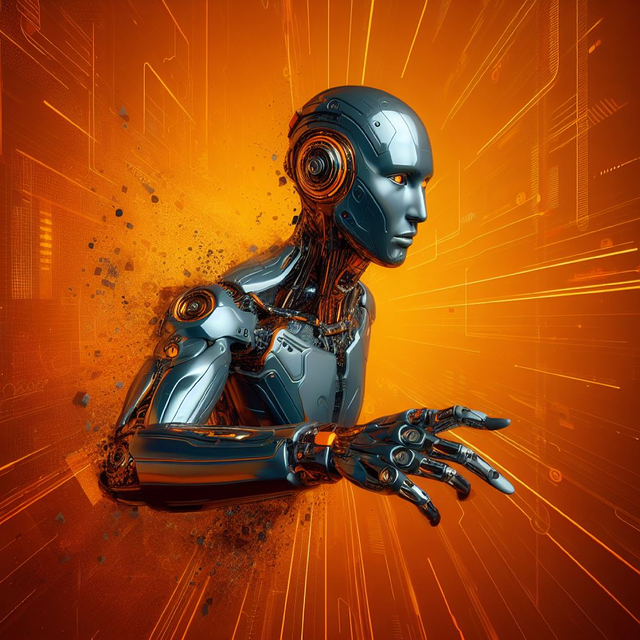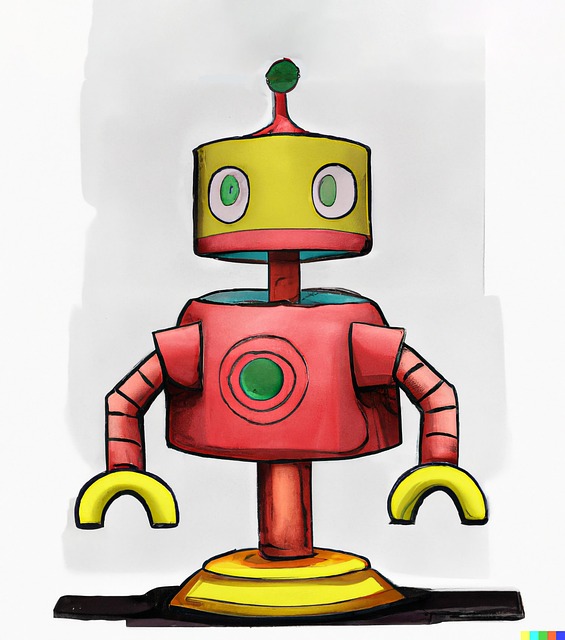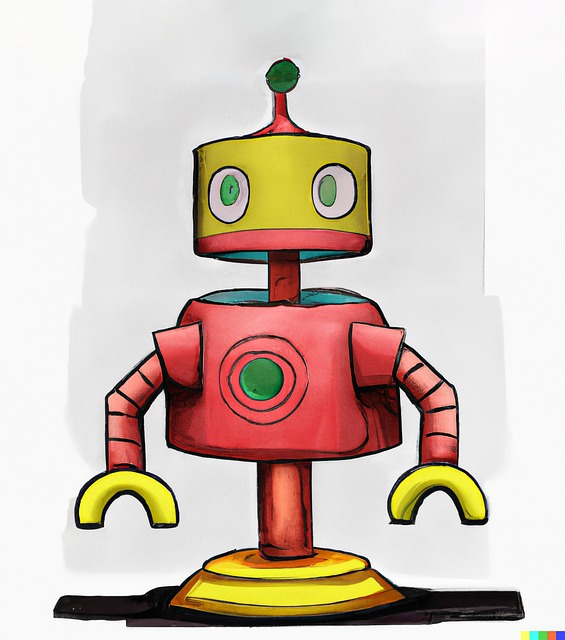Creating an AI chatbot has become a powerful tool for businesses aiming to enhance customer engagement and streamline operations. This comprehensive guide takes you through the entire process, from understanding the basics of AI chatbots to deployment and continuous improvement. We’ll explore identifying specific use cases, choosing the right technology, designing conversational flows, and preparing training data. By following these steps, you’ll be well-equipped to develop effective AI chatbots tailored to your organization’s unique needs.
- Understanding AI Chatbot Basics: Defining and Differentiating
- Identifying Use Cases and Defining Objectives
- Choosing the Right Technology and Development Tools
- Designing Conversational Flows and Training Data Preparation
- Deployment, Testing, and Continuous Improvement
Understanding AI Chatbot Basics: Defining and Differentiating

AI chatbots have become increasingly integrated into our daily lives, from customer service interactions to personal assistants. To understand how to create one, it’s essential to define and differentiate AI chatbots from their traditional counterparts. Unlike rule-based chatbots that follow pre-set scripts, AI chatbots leverage natural language processing (NLP) and machine learning algorithms to comprehend and generate human-like responses in real time.
These advanced chatbots learn from user interactions, continually improving their performance over time. They can handle a wide range of user queries, from simple questions to complex tasks, by understanding context, intent, and sentiment. This adaptability sets AI chatbots apart, making them versatile tools for various applications across industries.
Identifying Use Cases and Defining Objectives

Before creating an AI chatbot, it’s crucial to identify clear use cases and define objectives. This step is fundamental as it determines the chatbot’s purpose and functionality within your organization or for your target audience. Start by understanding the pain points and needs of users who will interact with the chatbot. Will it assist customers in finding products, answer frequently asked questions, or provide technical support? Defining specific use cases ensures that your AI chatbot is tailored to deliver relevant and valuable interactions.
Additionally, setting objectives helps measure success. Determine whether the goal is to enhance customer service, increase sales, reduce response times, or gather user feedback. Clear objectives guide the development process, allowing you to prioritize features, choose appropriate conversational AI technologies, and ensure the final product aligns with your business needs and user expectations.
Choosing the Right Technology and Development Tools

When creating an AI chatbot, selecting the appropriate technology and development tools is a pivotal first step. The choice largely depends on your desired chatbot capabilities—from basic rule-based systems to advanced machine learning models. Popular options include cloud-based platforms offering pre-trained models and natural language processing (NLP) APIs, which streamline development by providing ready-to-use components for understanding user input. These tools often support various programming languages, making it accessible for developers with different skill sets.
For more complex chatbots, building on open-source frameworks can be beneficial. These frameworks offer flexibility and customization options, allowing you to tailor the chatbot’s behavior precisely. They also provide a deeper understanding of the underlying AI algorithms, empowering developers to fine-tune the models for optimal performance. Consider your team’s expertise, project scope, and future scalability when making this decision to ensure the chosen technology and tools align with your long-term goals.
Designing Conversational Flows and Training Data Preparation

Designing the conversational flow is a critical step in creating an effective AI chatbot. This involves mapping out the potential interactions a user might have with the bot, from simple queries to complex problem-solving scenarios. By understanding user intent and anticipating various conversation paths, developers can build robust dialogue trees that guide users seamlessly through their desired tasks. Well-designed conversational flows ensure that the AI chatbot provides valuable assistance while maintaining a natural and engaging interaction.
Training data preparation is another essential aspect of developing AI chatbots. High-quality training data, often derived from extensive user interactions, enables the model to learn patterns, context, and nuances in human language. This involves curating and annotating datasets that represent diverse conversation scenarios, including common questions, edge cases, and even potential miscommunications. Properly prepared training data helps the chatbot understand a wide range of user inputs, ensuring its ability to respond accurately and contextually. Effective training data preparation is key to improving the overall performance and reliability of AI chatbots.
Deployment, Testing, and Continuous Improvement

After developing your AI chatbot, deployment is a critical step in bringing it to life and making it accessible to users. Choose a suitable platform or infrastructure to host your chatbot, considering factors like scalability, security, and integration capabilities. Once deployed, rigorous testing is essential to ensure its functionality, accuracy, and user experience. Conduct extensive trials with diverse scenarios and input types to identify and rectify any flaws or inconsistencies.
Continuous improvement is the key to keeping your AI chatbot up-to-date and relevant. Regularly monitor its performance, gather user feedback, and analyze usage data to pinpoint areas for enhancement. Implement updates and refinements based on these insights, allowing your chatbot to adapt and evolve with changing user needs and market trends, thereby optimizing its effectiveness as an ai chatbot.
Creating an AI chatbot is a multifaceted process that requires understanding foundational concepts, defining clear objectives, selecting appropriate technology, designing effective conversational flows, and continuously refining based on testing. By identifying specific use cases and preparing quality training data, you can develop a robust AI chatbot that enhances user experiences and drives business value. Remember, the journey doesn’t end with deployment; ongoing optimization is key to ensuring your chatbot remains relevant and effective in a dynamic digital landscape.
